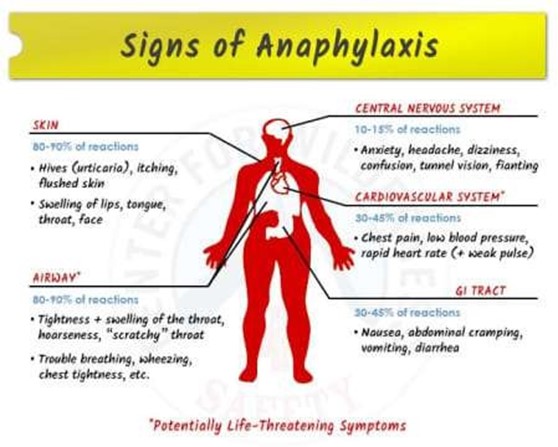A nurse is reviewing the laboratory results of a client who received a dose of sodium polystyrene sulfonate.
Which of the following findings should the nurse identify as an indication that the medication has been effective?
Potassium 4.6 mEq/L.
Calcium 8 mg/dL.
Magnesium.1 mEq/L.
Sodium 150 mEq/L.
The Correct Answer is A
Sodium polystyrene sulfonate is a medication used to treat high levels of potassium in the blood.
A potassium level of 4.6 mEq/L is within the normal range, indicating that the medication has been effective in reducing high levels of potassium in the blood.
Choice B is wrong because Calcium 8 mg/dL, is not the correct answer because it measures the level of calcium in the blood and is not specifically related to sodium polystyrene sulfonate therapy.
Choice C is wrong because Magnesium.1 mEq/L, is not the correct answer because it measures the level of magnesium in the blood and is not specifically related to sodium polystyrene sulfonate therapy.
Choice D is wrong because Sodium 150 mEq/L, is not the correct answer because it measures the level of sodium in the blood and is not specifically related to sodium polystyrene sulfonate therapy.
Nursing Test Bank
Naxlex Comprehensive Predictor Exams
Related Questions
Correct Answer is D
Explanation
Improved cognition should indicate to the nurse that the treatment with a hypertonic solution for hyponatremia is effective.
Hyponatremia can cause confusion and other neurological symptoms, so an improvement in cognition would suggest that the treatment is working to correct the electrolyte imbalance.
Choice A is wrong because Chvostek’s sign is a clinical sign of hypocalcemia, not hyponatremia.
Choice B is wrong because while vomiting can be a symptom of hyponatremia, a decrease in vomiting alone does not necessarily indicate that the treatment is effective.
Choice C is wrong because while hyponatremia can cause cardiac arrhythmias, the absence of arrhythmias alone does not necessarily indicate that the treatment is effective.
Correct Answer is B
Explanation
This is because hypotension (low blood pressure) can be a sign of anaphylaxis, which is a severe allergic reaction that can occur with ceftriaxone.

Choice A is wrong because polyuria (increased urination) is not a common sign of an allergic reaction to ceftriaxone.
Choice C is wrong because nausea can be a side effect of ceftriaxone but is not specific to an allergic reaction.
Choice D is wrong because bradycardia (slow heart rate) is not a common sign of an allergic reaction to ceftriaxone.
Whether you are a student looking to ace your exams or a practicing nurse seeking to enhance your expertise , our nursing education contents will empower you with the confidence and competence to make a difference in the lives of patients and become a respected leader in the healthcare field.
Visit Naxlex, invest in your future and unlock endless possibilities with our unparalleled nursing education contents today
Report Wrong Answer on the Current Question
Do you disagree with the answer? If yes, what is your expected answer? Explain.
Kindly be descriptive with the issue you are facing.
